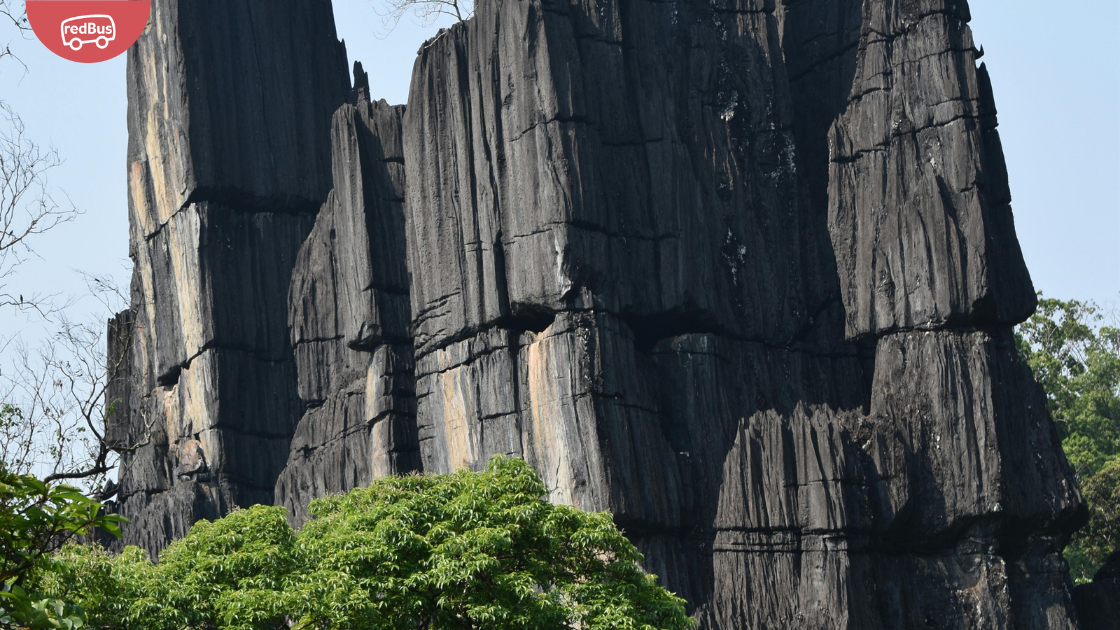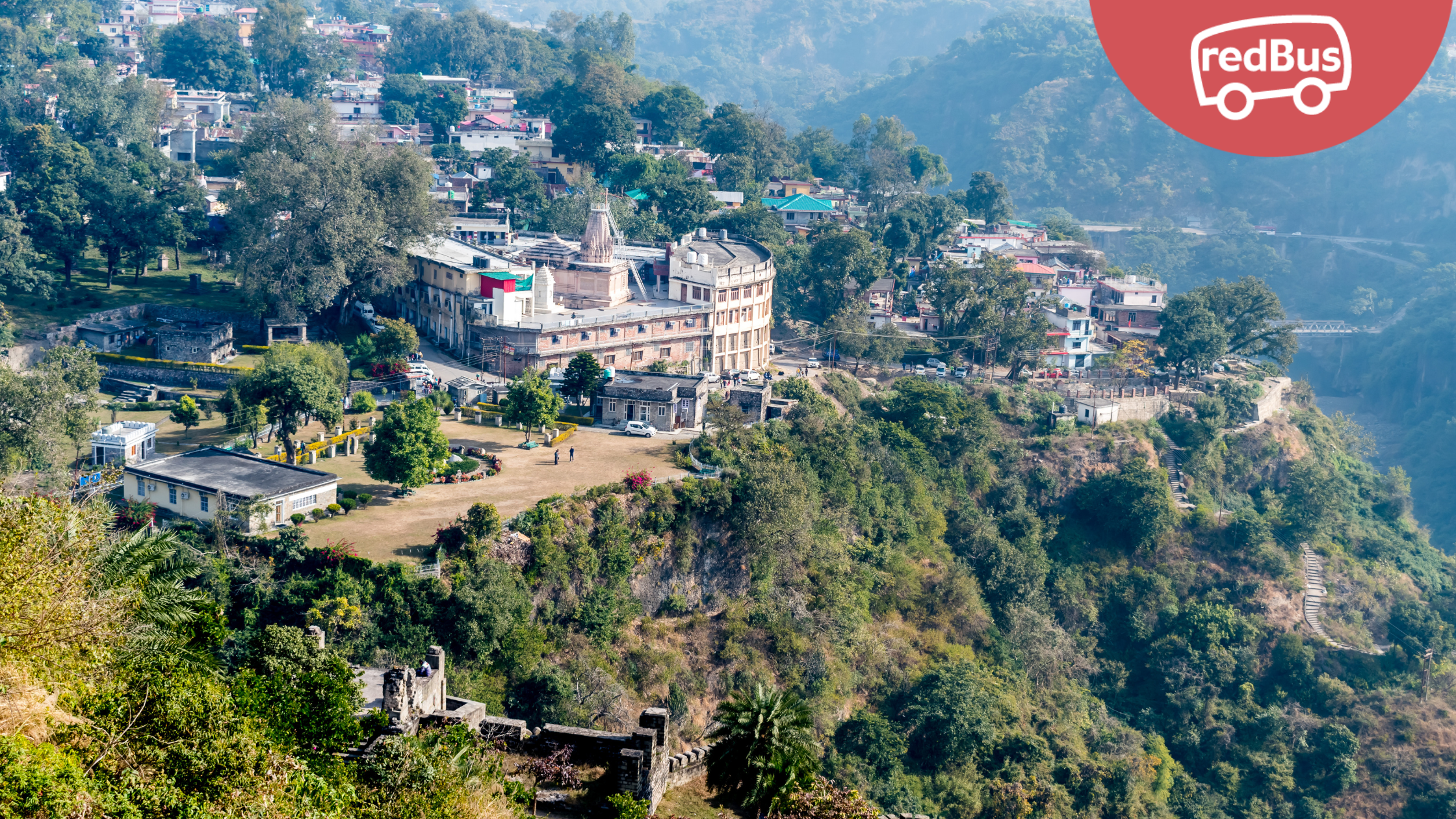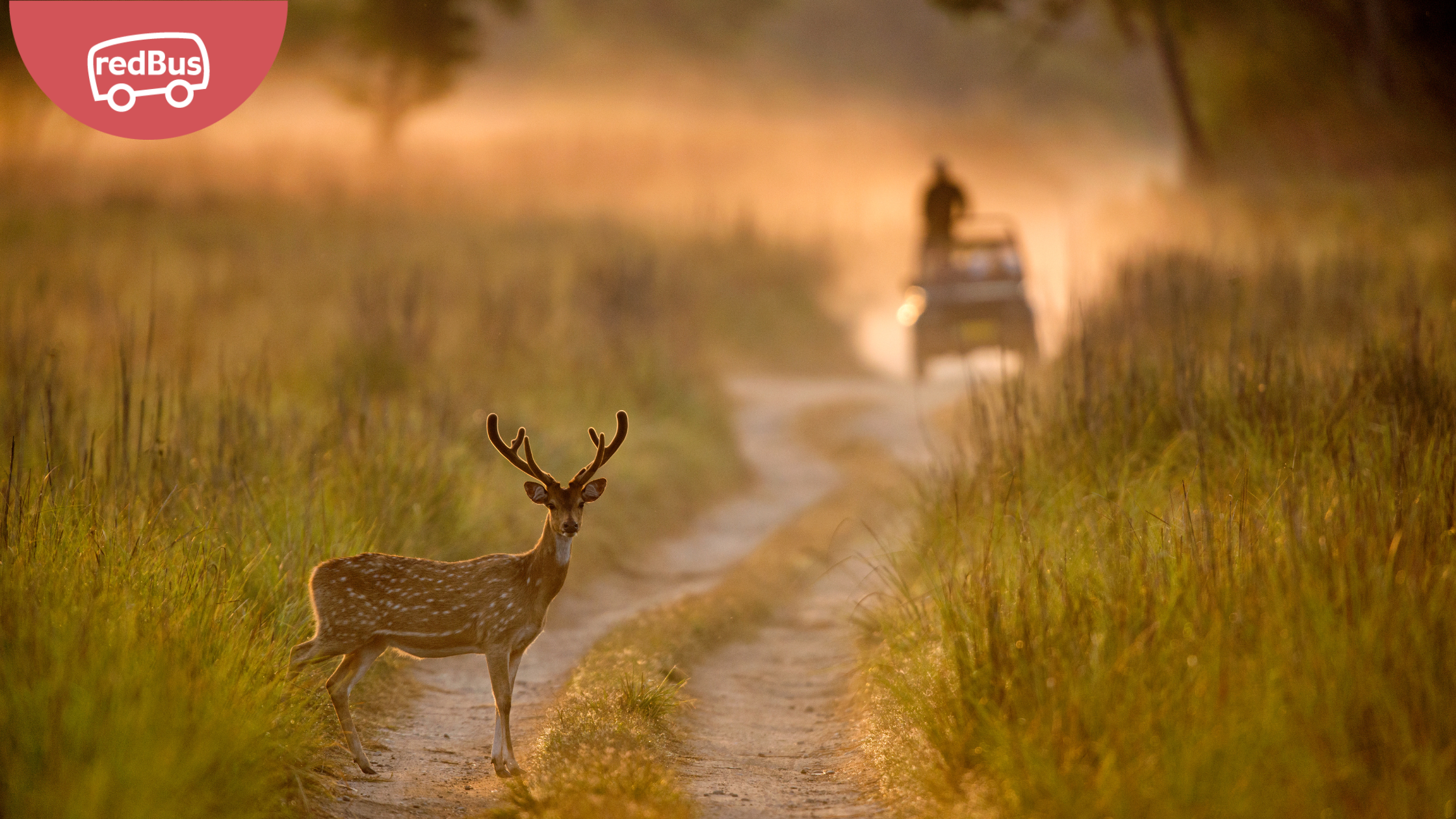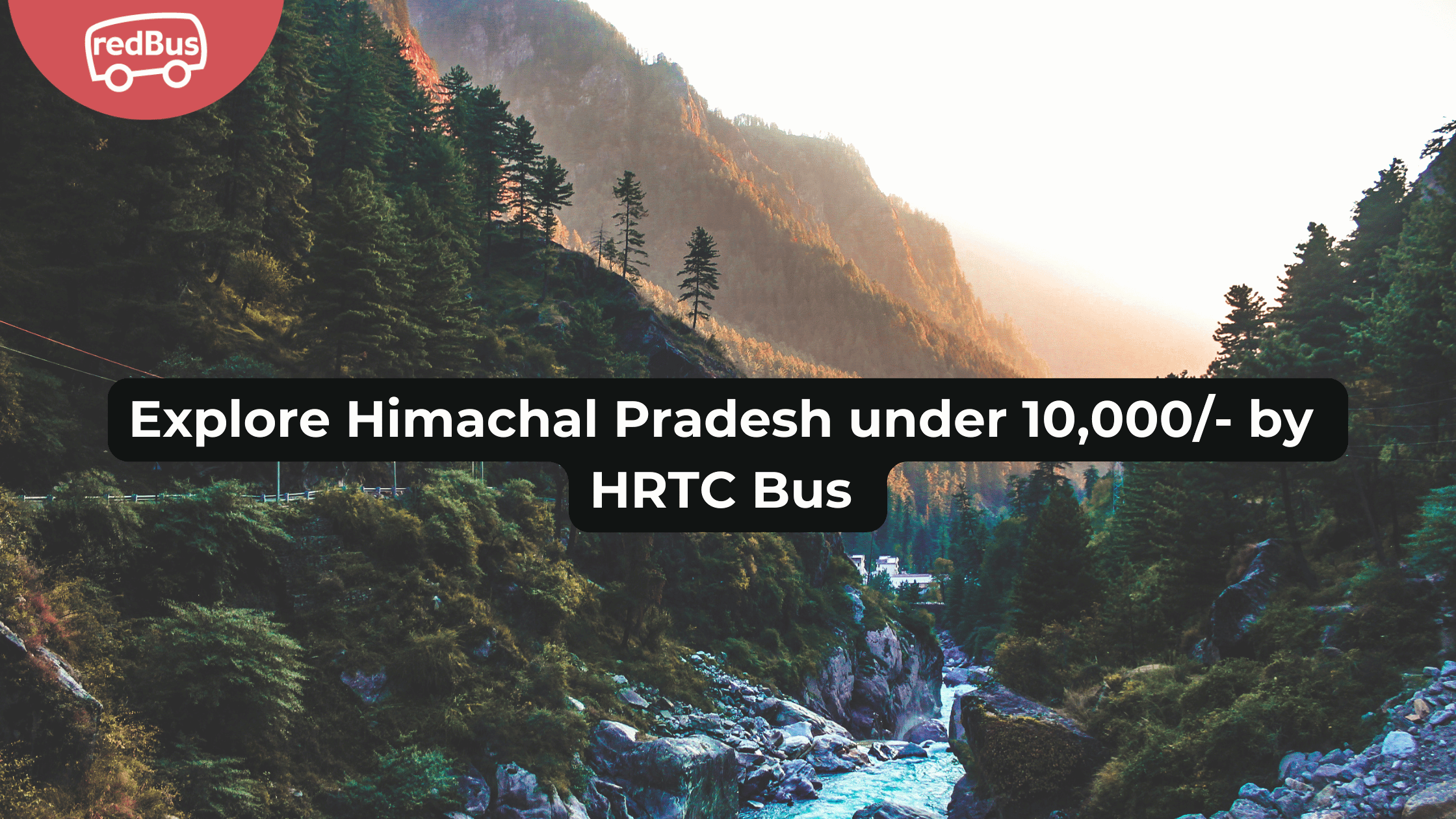Embraced by the celestial Himalayas, Himachal Pradesh resonates with a divine aura that captivates every believer’s heart. Fondly referred to as ‘Dev Bhoomi’ or ‘Land of the Gods’, this region boasts a plethora of sacred temples that add to its spiritual charm. Annually, hordes of devoted pilgrims undertake a spiritual voyage, braving rugged terrains to reach the hallowed sanctuaries of Lord Shiva and Goddess Parvati nestled within these majestic mountains. Such is the allure of Himachal’s sacred landscape, a spiritual haven that beckons the faithful from far and wide.
Set against the backdrop of the majestic Himalayas, Himachal Pradesh is a land steeped in spirituality and natural grandeur. It is home to some of the most revered Hindu pilgrimage sites, drawing devotees and tourists from around the world. With Himachal Road Transport Corporation (HRTC) buses, these sacred destinations have become more accessible than ever before. HRTC offers a reliable and comfortable journey, making it easy for pilgrims and tourists alike to immerse themselves in the spiritual ambiance of these hallowed sites. From the tranquil shores of the Parvati River in Kullu to the ancient temples of Chamba, let HRTC be your chariot, guiding you through the divine landscapes of Himachal Pradesh. Embark on a spiritual sojourn with HRTC and experience the profound sanctity that these Hindu pilgrimage destinations have to offer.
Some of the famous Hindu pilgrimage sites are—
1. Bajreshwari Temple
In the Himachal Pradesh state’s Kangra District, hidden behind the bustling market of Kangra Town, is the well-known Hindu pilgrimage destination of the Bajreshwari Devi Temple. A long stone wall resembling a fort surrounds the Bajreshwari temple’s entrance, which features a drum house. The Pandavas initially constructed the Bajreshwari temple, and the sanctuary has experienced numerous attacks ever since. This location was where Sati’s left breast landed, making it a Shakti Peetha.
2. Baijnath Temple
The mighty Lord Shiva’s avatar, Baijnath or Vaidyanath, frees his followers from all suffering. Because of this, this temple is of utmost importance to all followers of Lord Shiva and is regarded as exceedingly sacred. The Baijnath Mandir was constructed in 1204 AD. The Nagara architectural style, which is well-liked in Himachal Pradesh, is exemplified by the Baijnath temple. The temple’s inner and outside walls are covered in intricate carvings and sculptures that depict scenes from Hindu mythology, but the inner sanctum is where the sacred shivling is kept.
3. Chamunda Devi Temple
Chamunda Devi Temple is one of India’s oldest temples, constructed about 750 years ago. It is only 10 km from the well-known city of Palampur, where the temple is situated on the banks of the Banganga (Baner) River in the Himachal Pradesh Kangra region. One of the seven matrikas, Chamundeshwari Devi, is honoured in this temple, one of 51 shakti peethas. The Shakti Peeth temples are built in a mostly Tantric architectural style. The temple includes representations of the goddess drawn from myth and tradition.
4. Chaurasi Temple
About 1400 years ago, the Chaurasi Temple was built. This temple dates back to the ninth century and is situated in a beautiful setting. “Chaurasi” means “84,” This temple houses 84 shiva lingams. The complex’s focal point is the stunning Manimahesh temple, constructed in the shikhara style. Lakshana Devi’s temple is the Chaurasi Temple’s oldest. Much of the original wooden temple’s architectural features are still in place.
5. Raghunath Ji Temple
Raja Jagat Singh constructed this temple as an act of penance for all the crimes he had done throughout his life. The deity of Raghunath in this temple has reportedly been associated with the myth that Lord Rama used it during the Ashwemedha Yaga. Pahari and Pyramidal architectural elements are used in the Raghunath Temple’s design. The temple is renowned for its white pillars as well, which are decorated with exquisite, detailed carvings. In addition to the temple’s spiritual atmosphere, the surrounding sights and scenery are also quite appealing.
6. Bhimakali Temple
In the Himachal state, the well-known Bhimakali Temple in Sarahan is a well-liked destination for pilgrims. The temple’s architecture is thought to be 800 years old. Goddess Bhima Kali, a manifestation of Goddess Durga, is the temple’s primary goddess. Legend has it that this is where Sati’s ear fell. Bhimakali Temple’s architecture is unique in its sort. It is an unusual fusion of Hindu and Buddhist architectural styles. It is also one of the best instances of tower topology building.
7. Naina Devi Temple
It is a unique place of worship in the state because it is one of the 51 Shakti Peethas. Since the eyes of the goddess Sati dropped here, this is where Naina Devi gets her name. For Hindus and Sikhs, the Shri Naina Devi is a significant place of worship. When Raja Bir Chand discovered the exquisite statue of Goddess Durga atop the hill in the eighth century, he decided to construct this shrine. Five Puja Archanas are performed daily for Shri Naina Devi; each includes a new set of offerings and aartis.
8. Bijli Mahadev Temple
The distance between Kullu town and Bijli Mahadev Temple is around 10 kilometres. Panorama views of the Kullu and Parvati valleys are available from this location, 2460 metres above sea level. A very long way away, one may see the 60-foot-long, gleaming staff of Bijli Mahadev. A wonderfully carved sculpture of the Nandi bull greets visitors to the Bijli Mahadev temple, constructed by Pahari temple design. Along with being exquisitely carved, the temple doors also feature stunning sculptures. Every year, according to legend, lightning strikes this shrine. The temple is called Lightning Temple for this reason.
9. Parashar Temple
Rishi Parashar is revered at the Parashar Temple in Himachal Pradesh. He was the great-grandson of Hindu mythological scholar Rishi Vashishta. The sage Prashar is believed to have meditated at the Parashar lake’s clear, blue waters, which is why it is considered holy. The construction style of this temple is thought to be closely related to that of the Hadimba temple in Manali because it is made of Deodar wood. This wooden temple is built in the pagoda style, and features elaborate animal and serpent decorations. Visitors come here from around the world, especially during the yearly celebration in June.
10. Hadimba Devi Temple
Hadimba Devi is a Hindu goddess who is honoured in the Hadimba Temple. People had great confidence in the goddess due to the compelling mythological tale. The temple’s foundation is whitewashed stone, and its doors are made of beautifully carved wood. Hindu mythology claims that the giantess Hadimba meditated here to atone for her crimes. She thus received the title of Goddess from the most powerful goddess, Durga, whose 10-centimetre footprint is still visible at the temple’s entrance. This temple stands apart from the other temples with its four square, timber-tiled roofs and cone-shaped brass dome.
The most beautiful spiritual trails in the Himalayas can be found in Himachal Pradesh, making it the perfect location for such a trip. With only slight regional variations, devotion to devtas and devis is a way of life for the villagers in all of Himachal Pradesh’s mountainous regions.
In conclusion, Himachal Pradesh, often referred to as the ‘Land of Gods’, is a treasure trove of sacred Hindu pilgrimage sites. Embarking on a spiritual journey to this divine region, comfortably navigated via HRTC buses, is a spiritually enriching experience. Each temple nestled in the lofty mountains narrates a unique tale of faith, resonating with the divine vibrations of the deities. Whether you’re a devout believer or a curious traveler, these sacred sites promise serenity, spiritual solace, and a profound connection with the divine. So, book your HRTC bus ticket and let your spiritual quest in Himachal Pradesh begin.










